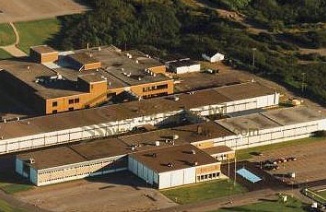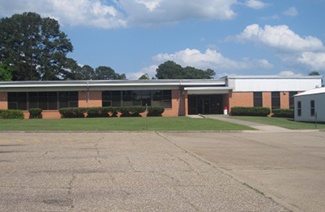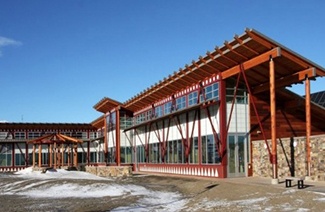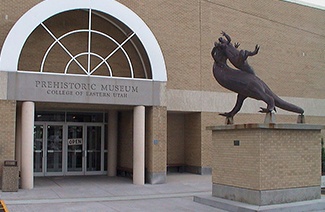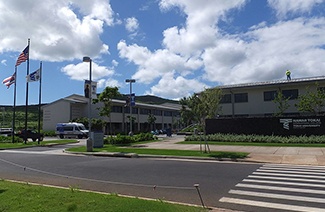在GMAT考试中,GMAT阅读部分的文章往往篇幅比较长,题目又有一定的难度,考生要想在这部分获得高分,需要掌握快速解题方法,而这种方法的获得除了有一定的技巧之外,最重要的就是练习,本文小编为大家带来了GMAT GWD阅读改版综合解析二十八。
Scientists studying the physiology of dinosaurs have long debated whether dinosaurs were warm- or cold-blooded. Those who suspect they were warm-blooded point out that dinosaur bone is generally fibro-lamellar in nature; because fibro-lamellar bone is formed quickly, the bone fibrils, or filaments, are laid down haphazardly. Consistent with their rapid growth rate, warm-blooded animals, such as birds and mammals, tend to produce fibro-lamellar bone, whereas reptiles, which are slow-growing and cold-blooded, generally produce bone in which fibrils are laid down parallel to each other. Moreover, like the bone of birds and mammals, dinosaur bone tends to be highly vascularized, or filled with blood vessels. These characteristics, first recognized in the 1930’s, were documented in the 1960’s by de Ricqlès, who found highly vascularized, fibro-lamellar bone in several groups of dinosaurs. In the 1970’s, Bakker cited these characteristics as evidence for the warm-bloodedness of dinosaurs. Although de Ricqlès urged caution, arguing for an intermediate type of dinosaur physiology, a generation of paleontologists has come to believe that dinosaur bone is mammalianlike. In the 1980’s, however, Bakker’s contention began to be questioned, as a number of scientists found growth rings in the bones of various dinosaurs that are much like those in modern reptiles. Bone growth in reptiles is periodic in nature, producing a series of concentric rings in the bone, not unlike the growth rings of a tree. Recently, Chinsamy investigated the bones of two dinosaurs from the early Jurassic period (208-187 million years ago), and found that these bones also had growth rings; however, they were also partially fibro-lamellar in nature. Chinsamy’s work raises a question central to the debate over dinosaur physiology: did dinosaurs form fibro-lamellar bone because of an innately high metabolic rate associated with warm-bloodedness or because of periods of unusually fast growth that occurred under favorable environmental conditions? (Although modern reptiles generally do not form fibro-lamellar bone, juvenile crocodilesraised under optimal environmental conditions do.) This question remains unanswered; indeed, taking all the evidence into account, one cannot make a definitive statement about dinosaur physiology on the basis of dinosaur bone. It may be that dinosaurs had an intermediate pattern of bone structure because their physiology was neither typically reptilian, mammalian, nor avian.
GWD-9-Q33 G-9-Q33:
The author of the passage would be most likely to agree that the “caution” (line 29) urged by de Ricqlès regarding claims about dinosaur physiology was
A. unjustified by the evidence available to de Ricqlès
B. unnecessary, given the work done by Bakker and his followers
C. indicative of the prevailing scientific opinion at the time
D. warranted, given certain subsequent findings of other scientists
E. influential in the recent work of Chinsamy
GWD-9-Q34 G-9-Q34:
The primary purpose of the passage is to
A. discuss the influence on other scientists of Bakker’s argument concerning the warm-bloodedness of dinosaurs
B. provide evidence that supports the claim that dinosaurs were cold-blooded
C. challenge the contention that dinosaur bone tissue is innately fibro-lamellar
D. evaluate the claim that dinosaur bone tissue provides evidence for the warmbloodedness of dinosaurs
E. resolve the disagreement between de Ricqlès and Bakker over the nature of dinosaur physiology
GWD-9-Q35 G-9-Q35:
According to the passage, the discovery of growth rings in the bones of certain dinosaurs served to undermine which of the following claims?
A. That modern reptiles are related to dinosaurs
B. That bone growth in dinosaurs was periodic in nature
C. That dinosaurs were warm-blooded
D. That dinosaurs had an intermediate type of physiology
E. That fibro-lamellar bone is the product of a rapid growth rate
GWD-9-Q36 G-9-Q36:
The author of the passage mentions bone growth patterns in juvenile crocodiles most likely in order to
A. provide support for the argument that reptiles are not related to dinosaurs
B. undermine the claim that most reptiles are slow-growing
C. offer an explanation as to why juvenile crocodiles differ from most modern reptiles
D. suggest the juvenile crocodiles have a type of physiology intermediate between-f mammals and that of reptiles
E. suggest that the presence of fibro-lamellar bone does not resolve the debate over dinosaur physiology
